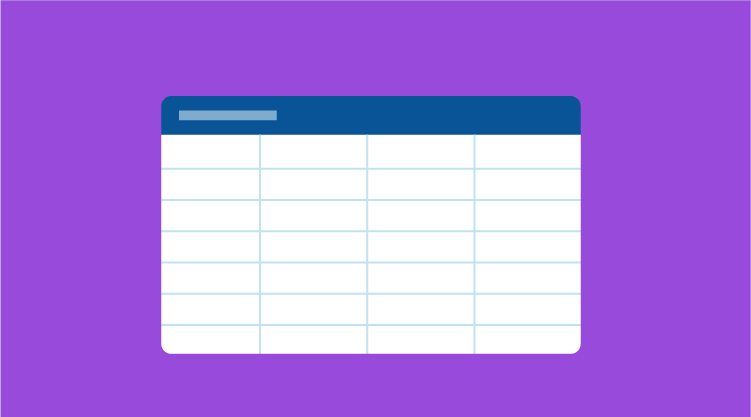Legacy applications, which are to be migrated to a new platform (WPF, Silverlight, etc.) require leveraging the underlying business layers too. We have an IQueryable interface implemented for DataTable in System.Data.DataSetExtensions. There are a couple of extension providers present in the .NET Framework itself:
- DataTableExtensions
- EnumerableRowCollectionExtensions
Data Table Extensions
This provides a list of functions to query with the DataTable. Most of them are casting functions:
- AsDataView<T> — Accepts an EnumerableRowCollection and returns a DataView.
- AsDataView — Accepts a DataTable and returns a DataView.
- AsEnumerable — Accepts a DataTable and returns an EnumerableRowCollection, which is used for querying with the DataRow collection.
Enumerable Row Collection Extensions
The LINQ provider is implemented for the DataRowCollection that is present in the DataTable.Rows property. The following are the LINQ extensions you can work with:
- Select
- OrderBy
- OrderByDescending
- ThenBy
- ThenByDescending
- Where
- Cast
Select
Use the Select extension to provide the query with the required fields from the DataTable.
private static void SelectDataTable()
{
var dt = GetOrdersDataTable();
var orders = dt.AsEnumerable().Select(o =>
new
{
OrderID = o.Field("OrderID"),
CustomerID = o.Field("CustomerID"),
EmployeeID = o.Field("EmployeeID"),
OrderDate = o.Field("OrderDate"),
ShipCountry = o.Field("ShipCountry")
});
foreach (var order in orders)
{
Console.WriteLine(string.Format("OrderID : {0} / CustomerID : {1}
/ EmployeeID : {2} / OrderDate : {3} / ShipCountry : {4}", order.OrderID, order.CustomerID,
order.EmployeeID, order.OrderDate, order.ShipCountry));
}
}
The Field<T> returns a strongly typed value from the underlying DataTable. You can also use SetField<T>
to set the field value thru a strongly typed object.
OrderBy/OrderByDescending/ThenBy /ThenByDescending
Sort operations can be performed by using the above functions. Check out the code below:
private static void SortDataTable()
{
var dt = GetOrdersDataTable();
var orders = dt.AsEnumerable().OrderBy(r => r.Field("ShipCountry"));
var result = orders.ThenBy(r => r.Field("CustomerID")).Select(o =>
new
{
OrderID = o.Field("OrderID"),
CustomerID = o.Field("CustomerID"),
EmployeeID = o.Field("EmployeeID"),
OrderDate = o.Field("OrderDate"),
ShipCountry = o.Field("ShipCountry")
});
foreach (var order in result)
{
Console.WriteLine(string.Format("OrderID : {0} / CustomerID : {1} / EmployeeID : {2}
/ OrderDate : {3} / ShipCountry : {4}", order.OrderID, order.CustomerID, order.EmployeeID,
order.OrderDate, order.ShipCountry));
}
}
Filter operations require a predicate match to be passed. See the code below:
private static void WhereOperation()
{
var dt = GetOrdersDataTable();
var filteredOrders = dt.AsEnumerable().Where(o => o.Field("ShipCountry")
== "Brazil")
.Select(o =>
new
{
OrderID = o.Field("OrderID"),
CustomerID = o.Field("CustomerID"),
EmployeeID = o.Field("EmployeeID"),
OrderDate = o.Field("OrderDate"),
ShipCountry = o.Field("ShipCountry")
});
foreach (var order in filteredOrders)
{
Console.WriteLine(string.Format("OrderID : {0} / CustomerID : {1} / EmployeeID : {2}
/ OrderDate : {3} / ShipCountry : {4}", order.OrderID, order.CustomerID,
order.EmployeeID, order.OrderDate, order.ShipCountry));
}
}
With these functions we can easily get expressions to work with legacy DataTable objects.
Note: The API documentation suggests that these APIs are used internally in the .NET Framework and are not intended to be used in our code directly :).
Hope this helps.




Comments (3)
Nice site. Found it using Bing. Think I’ll be back to see what else you’ve written about.
I cant believe the amount of wonderful info you have on your blog. I have learned a lot from it. Will be coming back soon.
Interesting blog. Actually google made searching of information easy on any topic. Well keep it up and post more interesting blogs.